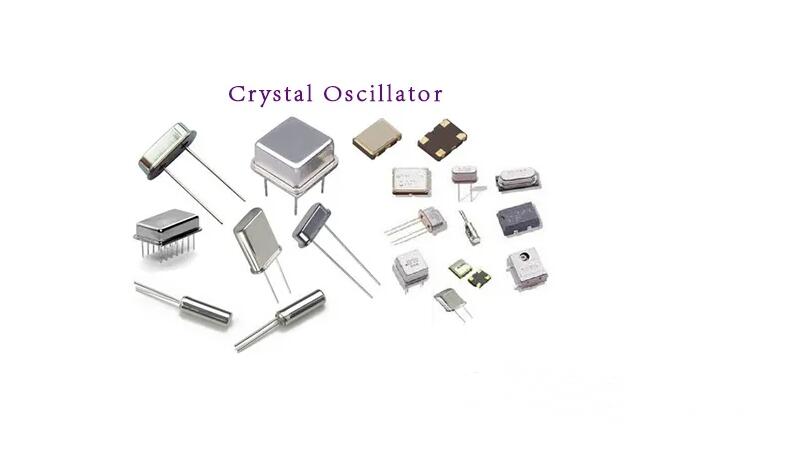Embedded hardware architecture
Embedded design is a huge project, today we will talk about a few considerations in hardware circuit design, first, let’s understand the embedded hardware architecture.
We know that the CPU is the soul of the whole system, all the peripheral configuration is associated with it, which also highlights a feature of embedded design hardware can be cut. In doing embedded hardware design, the following points need attention.
1、The determination of power supply
Power supply for the role of embedded systems can be seen as the role of air on the human body, or even more important: people breathe air with oxygen, carbon dioxide and nitrogen, etc. But the content is stable, which is equivalent to the power supply system in a variety of clutter, we hope to get pure and stable in line with the requirements of the power supply, but due to a variety of factors constraints, just our dream. This should be concerned about two aspects:
a. Voltage Embedded systems require various amounts of power such as the common 5v, 3.3v, 1.8v, etc., in order to minimize the ripple of the power supply, the use of LDO devices in the embedded system. If the DC-DC is not only a large head, its ripple is also a big headache. b, the normal operation of the embedded system not only needs to be stable enough power supply, but also enough current, so in the selection of power supply devices need to consider the load, generally leaving a margin of 30%. If it is a multilayer board, the power supply part in the layout of the time to power split, it is necessary to pay attention to the split path, try to place a certain amount of power supply together. If it is a double-sided board, the width of the alignment needs to be noted, as wide as possible in the case of the board allows. Suitable decoupling capacitors as close as possible to the power supply pins.

2、Determination of crystal oscillator
Crystal is equivalent to the heart of the embedded system, its stability or not directly related to its operating state and communication performance. Common vibration have passive crystal, active crystal, first of all, to determine its oscillation frequency, followed by the crystal type. a, passive crystal Its matching capacitor and matching resistor selection, this part is generally based on the reference manual. In the microcontroller design, often use plug-in crystal with porcelain chip capacitors. In ARM, in order to reduce space and facilitate wiring, often use the four corner passive crystal with chip capacitors.
Although we are more familiar with the matching circuit for fixed crystal oscillators, but in order to achieve the foolproof, still need to look at the reference manual to determine the size of the capacitor, whether the need to match the resistor and other details. b, active crystal With a better and more accurate clock signal, but in comparison, the price is higher than the edgeless crystal, so this is also in the hardware circuit design need to pay attention to the cost. In doing the circuit board design need to pay attention to the crystal alignment as close as possible to the chip, the key signal away from the clock alignment. In the case of conditions allow to increase the ground protection ring. If it is a multilayer board, but also to talk about the key signal away from the crystal alignment.

3、Reserve test IO port
In the embedded debugging stage, in the case of abundant pin resources, I usually reserve an IO port to connect led or speaker to pave the way for the next step of software writing. Properly control this IO interface during the operation of the embedded system, so as to determine whether the system is running properly.
4、External expansion memory
An embedded system that has a power supply, crystal and CPU is the familiar minimum system. If the embedded system needs to run a larger operating system, then not only does the CPU need to have an MMU, the CPU also needs an external SDRAM and NANDFLASH.
If the CPU has SDRAM and NANDFLASH controller, then the hardware design does not need to consider the use of address lines too much. If there is no relevant controller, then the use of address lines needs to be paid attention to. This part is a key point in the LAYOUT, the reason is to make the relevant signal lines equal in length to ensure that the signal delay is equal, the clock and DQS differential signal line alignment. When wiring various wiring techniques need to be used in combination, such as symmetrical distribution with the cpu, daisy chain wiring, T-shaped wiring, which need to be selected based on the number of memory, generally speaking, the more the number, the more complex the wiring, but know the key points, everything is easy to solve.

5、Functional interface
The most important thing for an embedded system is to control the peripheral modules through various interfaces to achieve the designer’s preset purpose. Commonly used interfaces are serial port (available to connect Bluetooth, wifi and 4G modules), USB interface, network interface, JTAG interface, audio and video interface, HDMI interface and so on. As these interfaces are connected to external modules, good EMC design is an important task. In addition, pay attention to the use of differential lines when LAYOUT.
6、Screen
This function is listed separately because of its dispensability. If an embedded system just serves as a connector to a peripheral device module that connects to a computer host or hooks directly to a network through the relevant interface, then the screen is not needed. But if made out of a consumer product, with frequent interaction with the user, this has to nag a few words. Capacitive screen is the main component of the embedded screen, in the circuit design needs to pay attention to the layout of the touch screen connection line and display connection line. In the process of alignment as short as possible near the main control cpu, while paying attention to the pairing signal to go differential lines, RGB control signal to go equal length. Various signal alignment spacing follow the 3W rule to avoid mutual interference. In the design of the screen, be sure to ensure the power and prevent interference, to prevent the screen flash and screen phenomenon.
